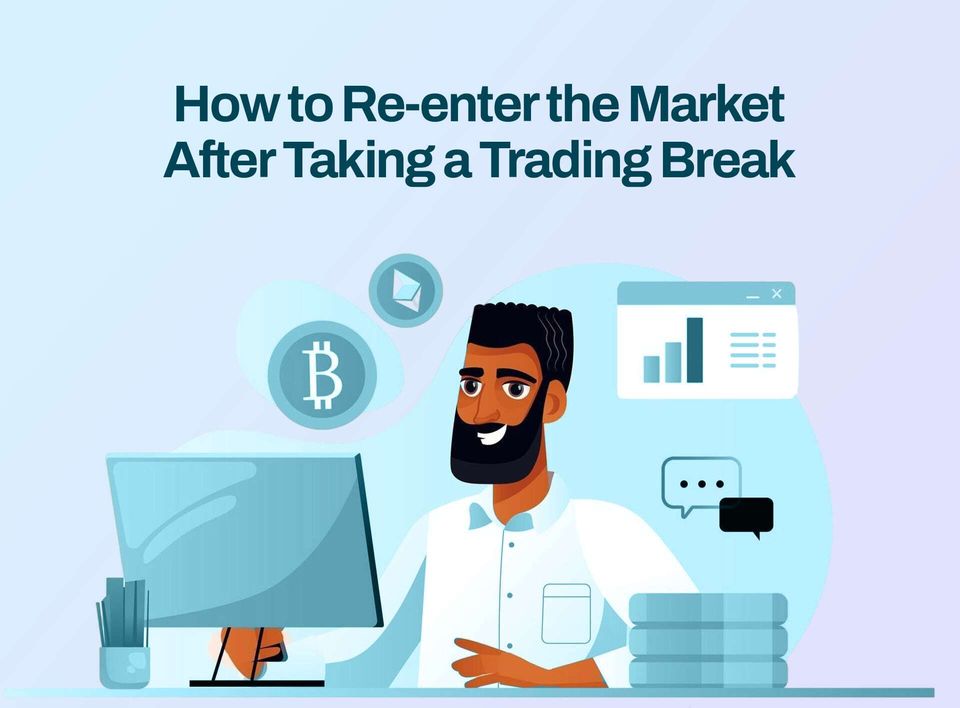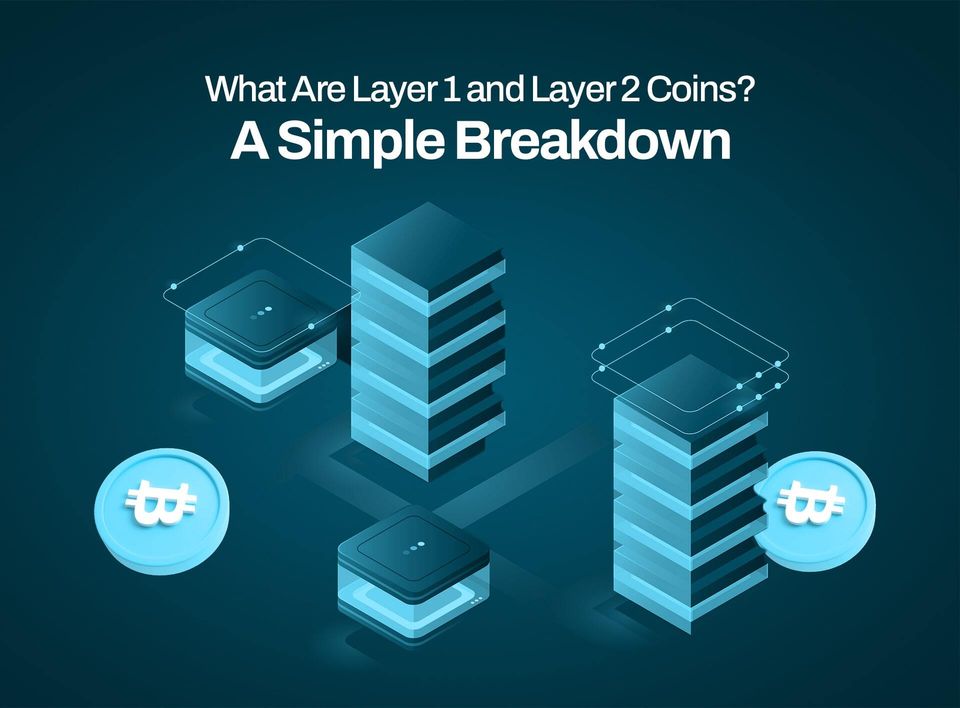Double Spending in Crypto: What It Is & How It’s Prevented
Double-spending is the act of spending the same cryptocurrency more than once. Think of it like having a digital dollar and being able to use it to buy a virtual coffee and then, in a sneaky move, use that same dollar to purchase a virtual sandwich at the same time.

TABLE OF CONTENTS:
1. What is Double-Spending?
2. How Does Double-Spending Work?
3. The Role of Blockchain in Preventing Double-Spending
4. How to Prevent Double-Spending
5. Practical Ways to Protect Yourself Against Double-Spending
6. FAQs
7. Closing Thoughts
What is Double-Spending?
Double-spending is the act of spending the same cryptocurrency more than once.
Think of it like having a digital dollar and being able to use it to buy a virtual coffee and then, in a sneaky move, use that same dollar to purchase a virtual sandwich at the same time. This might sound harmless, but in the crypto ecosystem, it could wreak havoc.
Imagine if you could make endless copies of a digital dollar bill and use each copy to buy different items - that would sabotage the entire purpose of money.
This isn't a problem in traditional banking systems because they rely on centralised institutions like banks to ensure transactions are legitimate.
But in the decentralised world of cryptocurrencies, there's no central authority to validate transactions, which is both their strength and their challenge.
How Does Double-Spending Work?
Let's say you have 1 Bitcoin in your digital wallet and want to buy an iPhone from an online store.
When you initiate the transaction, your wallet sends a message to the entire network, saying, "I'm spending 1 Bitcoin to buy this iPhone!" Miners, who are like the guards of the cryptocurrency network, verify your transaction to ensure you actually have 1 Bitcoin to spend.
Once it's confirmed, your transaction is added to a public ledger called the blockchain. This ledger is like a digital history book that records every Bitcoin transaction ever made.
Now, here's where the magic trick can happen. If you're devious, you could simultaneously send that same 1 Bitcoin to another online store to buy a different gadget, all while the first transaction is still being verified.
In the digital world, this is much easier than sneaking an extra apple into a shopping cart at the grocery store.
And if you're quick enough, you might get away with it because the network hasn't realised you've double-spent your Bitcoin yet.
Double-spending is a significant concern in cryptocurrencies because it undermines trust and the idea of a decentralised, fraud-resistant digital currency.
The good news is that the cryptocurrency network has several clever ways to prevent this.
One of the most important is the consensus mechanism, which ensures that only one of your transactions will be added to the blockchain while the other is rejected.
This consensus is achieved through a process called mining, where miners compete to solve complex mathematical puzzles. Whoever solves it first gets to add a block of transactions to the blockchain. This competition makes it extremely difficult for anyone to double-spend their cryptocurrency.
The Role of Blockchain in Preventing Double-Spending
Blockchain’s role in prevention is crucial to understanding how to safeguard cryptocurrencies from the double-spending threat.
Imagine you have a digital coin, let's call it CryptoCoin, and you want to send it to your friend online. Now, what prevents you from sending that same CryptoCoin to another friend at the same time? This is where blockchain technology comes into play.
The blockchain is like a digital ledger that records every transaction made with CryptoCoin. It's like a public library where every book (transaction) is open for anyone to see.
Once you've sent CryptoCoin to your friend, that transaction is recorded in a block, and this block is linked to the previous one, creating a chain of blocks, hence the name "blockchain."
Here's where it gets interesting in terms of prevention. Once a transaction is added to the blockchain, it's practically impossible to tamper with it. This is because each block contains information from the previous block, creating a chain of connections.
So, if someone tries to change one transaction, they'd have to change every transaction in all previous blocks, and that's just not feasible. It's like trying to rewrite history!
Moreover, the decentralised nature of blockchain means that there isn't one central authority that can manipulate the system. Instead, thousands of computers (nodes) worldwide verify and agree on transactions.
So, to double-spend, you'd need to convince all these computers to accept your fraudulent transaction simultaneously – nearly impossible!
How to Prevent Double-Spending
Preventing double-spending is crucial as it ensures the integrity and reliability of digital transactions. To understand how to avoid this issue, let's look into some effective methods that are like security shields for your digital coins:
1. Blockchain Technology: Blockchain ensures transparency and stability, making it extremely difficult for anyone to spend the same coins twice. Each new transaction is grouped into a block, and these blocks are linked together in a chain. Once a transaction is confirmed and added to the blockchain, it becomes practically impossible to alter or duplicate it.
2. Mining and Consensus Mechanisms: Cryptocurrencies like Bitcoin rely on a consensus mechanism called Proof of Work (PoW). Miners compete to solve complex mathematical puzzles to validate and add transactions to the blockchain. This energy-intensive process adds a layer of security, as it becomes economically impossible for an attacker to amass enough computing power to manipulate the blockchain. Some cryptocurrencies, such as Ethereum, BNB, Cardano (ADA), and Avalanche (AVAX), use Proof of Stake (PoS) mechanisms, which achieve similar security through a different approach.
3. Confirmation Times: Waiting for multiple confirmations is common when receiving cryptocurrency payments. For instance, Bitcoin users often wait for at least six confirmations (blocks added to the blockchain) before considering a transaction as final. This time delay makes it exceedingly difficult for individuals to double spend, as they would need to control most of the network's computing power for an extended period.
4. Zero-Confirmation Transactions: Although more secure than waiting for multiple confirmations, some merchants and services accept zero-confirmation transactions, especially for small-value purchases. This method relies on the assumption that a majority of transactions are honest and double-spending attempts are infrequent for minor transactions. However, it's riskier and is not recommended for large transactions.
5. Double-Spending Detection Services: Various blockchain analytics and detection services continuously monitor the blockchain for suspicious activity. These services can help identify potential double-spending attempts and alert users or merchants in real-time. Businesses and individuals can subscribe to these services for added security.
6. Centralised Payment Processors: Some cryptocurrency payment processors and wallets operate in a centralised manner, which can enhance security and simplify transaction management for users. However, this approach sacrifices some of the decentralisation principles that support cryptocurrencies, as users must trust the processor to prevent double-spending.
Practical Ways To Protect Yourself Against Double-Spending
Here are some simple yet effective ways to safeguard your crypto assets:
1. Wait for Confirmations: When you make a cryptocurrency transaction, it needs to be confirmed by the network through a process called mining. The more confirmations a transaction has, the more secure it is. Typically, waiting for at least six confirmations for Bitcoin transactions is considered safe, as it makes double-spending practically impossible.
2. Use Reputable Wallets: Opt for trusted cryptocurrency wallets from reputable sources. These wallets often have built-in security measures to protect against double-spending. Avoid downloading wallets from unverified websites or sources.
3. Implement Payment Processors: Payment processors are designed to handle cryptocurrency payments securely. They ensure that the transactions are confirmed before goods or services are delivered, reducing double-spending risk.
4. Enable Multi-Signature Transactions: Some cryptocurrencies allow multi-signature transactions. This means that multiple private keys are required to authorise a transaction. By using this feature, you can add an extra layer of security to your transactions, making it much harder for double-spending to occur.
5. Stay Informed About the Network: Keep an eye on the network's health and security. If you notice any unusual activity or a sudden increase in double-spending attacks, it's wise to delay your transactions until the situation stabilises.
6. Use Blockchain Explorers: Blockchain explorers allow you to track and verify cryptocurrency transactions on the blockchain. You can quickly spot any suspicious activity or potential double-spending attempts by monitoring your transactions through these explorers.
7. Utilise Confirming Services: Some third-party services specialise in confirming cryptocurrency transactions. They can provide an additional layer of security by ensuring that the transactions you receive are legitimate.
8. Choose Coins with High Security: When selecting cryptocurrencies to use or invest in, consider their security features. Coins with advanced security mechanisms and a strong network are less vulnerable to double-spending attacks.
FAQs
Q1: Can double-spending attacks be reversed or canceled once detected?
A1: Double-spending attacks are challenging to reverse once detected, but immediate action can minimise potential losses.
Q2: Is double-spending limited to specific cryptocurrencies?
A2: No, double-spending attacks can potentially target any cryptocurrency, including Bitcoin, Ethereum, Solana, Ripple, and others.
Q3: Are double-spending attacks more common in peer-to-peer (P2P) trading or on regular cryptocurrency exchanges?
A3: Double-spending attacks can occur in both P2P trading and regular exchanges, but they are more commonly associated with P2P trading due to direct interactions between traders.
Q4: What are the warning signs of potential double-spending attacks?
A4: Warning signs include transactions that seem too good to be true, unverified or unfamiliar traders, and transactions that disappear shortly after appearing in your wallet.
Q5: What should I do if I suspect a double-spending attack or have fallen victim to one?
A5: If you suspect an attack, halt further transactions, report the issue to the platform or exchange, and consider involving relevant authorities. Quick action can limit potential losses.
Q6: Can cryptocurrency exchanges guarantee protection against double-spending attacks?
A6: While reputable exchanges like Obiex offer security features and dispute resolution services, they cannot guarantee protection against double-spending attacks. Users must exercise caution when conducting cryptocurrency transactions.
Q7: How can I ensure the security of my cryptocurrency transactions?
A7: Prioritise secure practices such as using trusted platforms, verifying transaction details, and waiting for sufficient confirmations.
Q8: Is double-spending a prevalent issue in the cryptocurrency industry?
A8: While double-spending remains a concern, the blockchain's robust security features and ongoing efforts to combat fraud make it a relatively rare occurrence.
Q9: Can double-spending attacks be prevented entirely?
A9: While complete prevention may be challenging, practicing safe trading habits and staying informed can significantly reduce the risk of falling victim to double-spending attacks.
Q10: Are there any emerging technologies or solutions to enhance cryptocurrency security against double-spending?
A10: The cryptocurrency industry continues to develop innovative solutions, such as advanced consensus algorithms and enhanced security protocols, to strengthen protection against double-spending attacks.
Closing Thoughts
- To prevent double-spending, we've explored a range of strategies and security measures that act as shields for your digital coins.
- Blockchain technology, the backbone of cryptocurrencies, stands as a formidable guard against double-spending by maintaining a stable ledger of transactions.
- The consensus mechanisms, whether Proof of Work or Proof of Stake, add layers of security by making it economically impossible for attackers to manipulate the system.
- While double-spending attacks are a concern in the cryptocurrency ecosystem, it's important to note that the blockchain's robust security features and ongoing advancements make such occurrences relatively rare.
- Nevertheless, vigilance and adherence to secure practices remain essential. Innovative solutions and emerging technologies will further enhance security against double-spending attacks as the cryptocurrency landscape evolves.
Disclaimer: This article was written by the writer to provide guidance and understanding of cryptocurrency trading. It is not an exhaustive article and should not be taken as financial advice. Obiex will not be held liable for your investment decisions.




